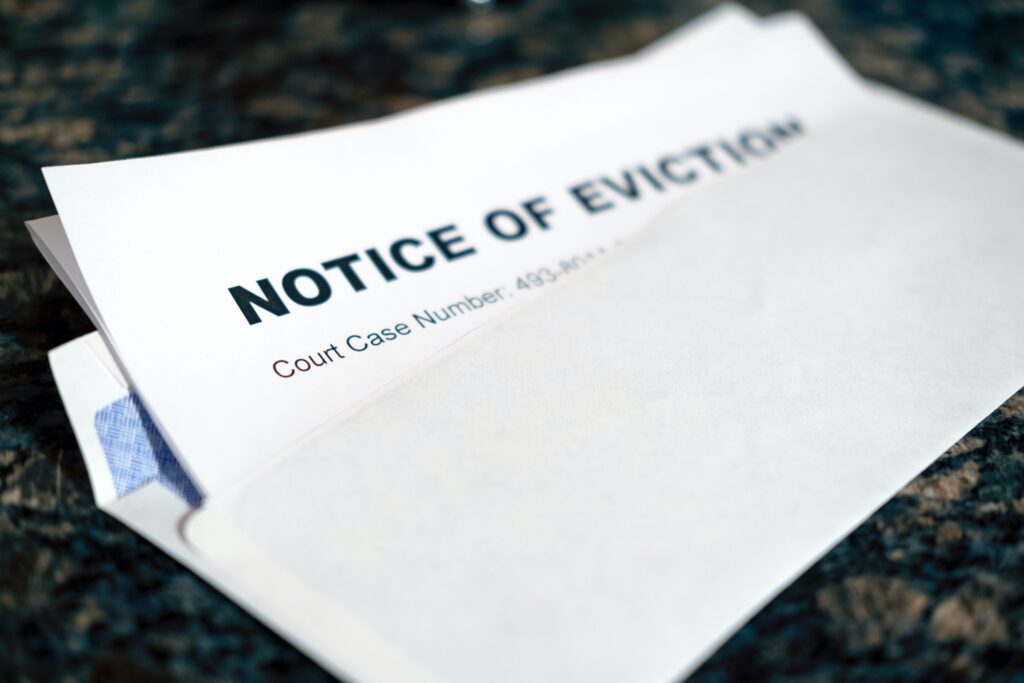If you’re buying a property, you’ll likely come across the TR1 form. It’s a legal document that transfers ownership from seller to buyer and must be registered with HM Land Registry. Getting it right speeds up your purchase, while mistakes can lead to delays. Here’s what you should know about the TR1 form and its role in property transactions.
What is a TR1 form?
A TR1 form records the transfer of registered property from current owners (transferors) to new owners (transferees). It’s the official document that proves the legal change of ownership. The form is filed with HM Land Registry, who then update their records to show who owns what property.
When is a TR1 form needed?
You’ll need a TR1 form whenever property ownership changes hands in England and Wales. It’s the official document that makes the transfer legal and gets everything properly recorded at HM Land Registry.
You’ll need one when:
- Buying or selling a property
- Transferring ownership to family members
- Adding or removing someone from the property title
- Registering a property with HM Land Registry for the first time
Your solicitor will sort out the TR1 form as part of the transfer process. They’ll make sure it’s filled in properly and gets to HM Land Registry with all the other paperwork they need. The main thing is to make sure you give them the right information when they ask for it.
Key sections of the TR1 form
The TR1 form has several important parts that need filling in correctly. Let’s look at what goes where.
Title number and property description
The first part of your TR1 form asks for the property’s official title number from the HM Land Registry and a description of the property being transferred. Getting these details right is important because any mistakes can cause problems or delays with the transfer.
Transferor and transferee details
Next comes the section where you list the names and addresses of everyone involved in the transfer. The names of current and new owners must match exactly with ID documents and other paperwork. Small errors here can cause big headaches later.
Consideration and title guarantees
The consideration and title guarantees section shows how much money is being exchanged for property transfer. The title guarantee bit tells everyone what ownership rights are being passed over. Your solicitor will advise on which guarantee level suits your situation.
Completing the TR1 form: step-by-step guide
Your solicitor handles most of the form-filling, but you’ll need to give them accurate information and sign in the right places. Here’s how it works:
Title and property details
Your solicitor typically handles the TR1 form, but knowing what goes where helps you understand the process. Start with the property’s title number, which you’ll find on your title register. Then add a clear description of the property, including the postcode.
Names and addresses
Next up are your details. If you’re selling, you’re the ‘transferor’ and need to write your full name exactly as it appears on the title register. The buyers (transferees) need to do the same with their names, plus add their contact details including a postal address.
Transfer and guarantees
The transfer section comes next. This bit’s straightforward and doesn’t need changing. In the consideration section, write the amount being paid or tick the gift box if no money’s changing hands. You’ll then choose between ‘full’ or ‘limited’ title guarantee. Your solicitor will advise you on what suits your case.
Trust declarations
If there’s more than one buyer, you’ll need to complete the declaration of trust section. This states whether you’re buying as joint tenants or tenants in common. Again, your solicitor will explain what works best for your situation.
Signatures and witnessing
The final step is signing. Each seller must sign in front of a witness, who then adds their own signature and details. If you’ve filled in the trust section, the buyers need to sign too. Make sure your witness isn’t involved in the transfer. For example, you can’t use the other buyer or seller to witness your signature.
Common mistakes to avoid when completing a TR1 form
People often trip up by getting names wrong or missing sections out. Sometimes signatures are missed, or witness details aren’t properly filled in. Your solicitor will spot these issues, but double-checking everything yourself saves time in the long run.
Is the TR1 form legally binding?
Once you’ve signed the TR1 form, it becomes a binding legal document. That’s why getting it right matters so much. HM Land Registry won’t accept forms that don’t meet their strict requirements, which could hold up your property transfer.
Role of conveyancers and solicitors in the TR1 process
Your solicitor plays a central role in the TR1 form. They’ll prepare it, make sure all the details are spot on and guide you through signing. They’ll also handle submitting it to HM Land Registry and sort out any questions that come back.
What happens after TR1 is signed?
After signing, your solicitor sends the form to the HM Land Registry with other paperwork they need. The registry checks everything and updates its records to show the new ownership details. You’ll get confirmation once it’s all done.
How long does it take to process a TR1 form?
Processing usually takes between four and six weeks at HM Land Registry, though it might take longer if they’re swamped or if the title change is complex. Your solicitor can chase them up if it seems to be taking too long.
Legal ownership rights are secured from the moment the application is received, not at the point at which it is processed and completed so you don’t need to wait for the document to be processed before becoming the legal owner.
You can learn more about timelines here.
How do I get a copy of my TR1 form?
Getting hold of your TR1 form is straightforward. Your solicitor will have a copy, or you can get one from HM Land Registry for a small fee. If you’re having issues, the solicitor who acted for the other side might be able to help.
If you need a blank TR1 form you can get one here.
Additional documents accompanying the TR1 form
The TR1 doesn’t travel alone. You’ll also need documents proving you’ve paid any stamp duty, forms showing who you are, and proof of where the money’s coming from. If there’s a mortgage involved, that paperwork needs sorting too.
Special considerations for commercial property transfers
Commercial properties need extra care with their TR1 forms. You might need to sort out VAT details, deal with tenant agreements or handle specific planning rules. The forms look similar, but there’s often more to think about behind the scenes.
Your solicitor is there to guide you through the TR1 process. They know what needs doing and when, so you can rely on them to keep everything on track. Just make sure you give them accurate information and respond when they need something from you.
When speed or simplicity matters, Property Rescue can help
Selling a house involves lots of paperwork, like the TR1 form, which can be stressful when you’re in a hurry to sell. If you’re facing repossession, dealing with inherited property or just want a fast sale, there are ways to speed things up.
Property Rescue buys houses directly, handles all the legal work through independent solicitors, and aims to complete them within days or weeks rather than months. No estate agents needed, no long waits and no upfront costs. Get in touch for a free, no-obligation quote.








